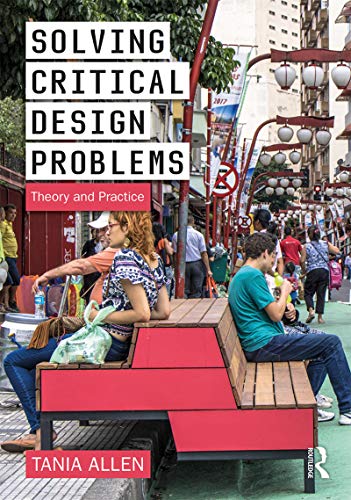What do you think?
Rate this book


Solving Critical Design Problems demonstrates both how design is increasingly used to solve large, complex, modern-day problems and, as a result, how the role of the designer continues to develop in response. With 13 case studies from various fields, including program and product design, Tania Allen shows how types of design thinking, such as systems thinking, metaphorical thinking, and empathy, can be used together with methods, such as brainstorming, design fiction, and prototyping. This book helps you find ways out of your design problems by giving you other ways to look at your ideas, so that your designs make sense in their setting.
Solving Critical Design Problems encourages a design approach that challenges assumptions and allows designers to take on a more critical and creative role. With over 100 images, this book will appeal to students in design studios, industrial and product design, as well as landscape and urban design.
222 pages, Kindle Edition
Published June 6, 2019